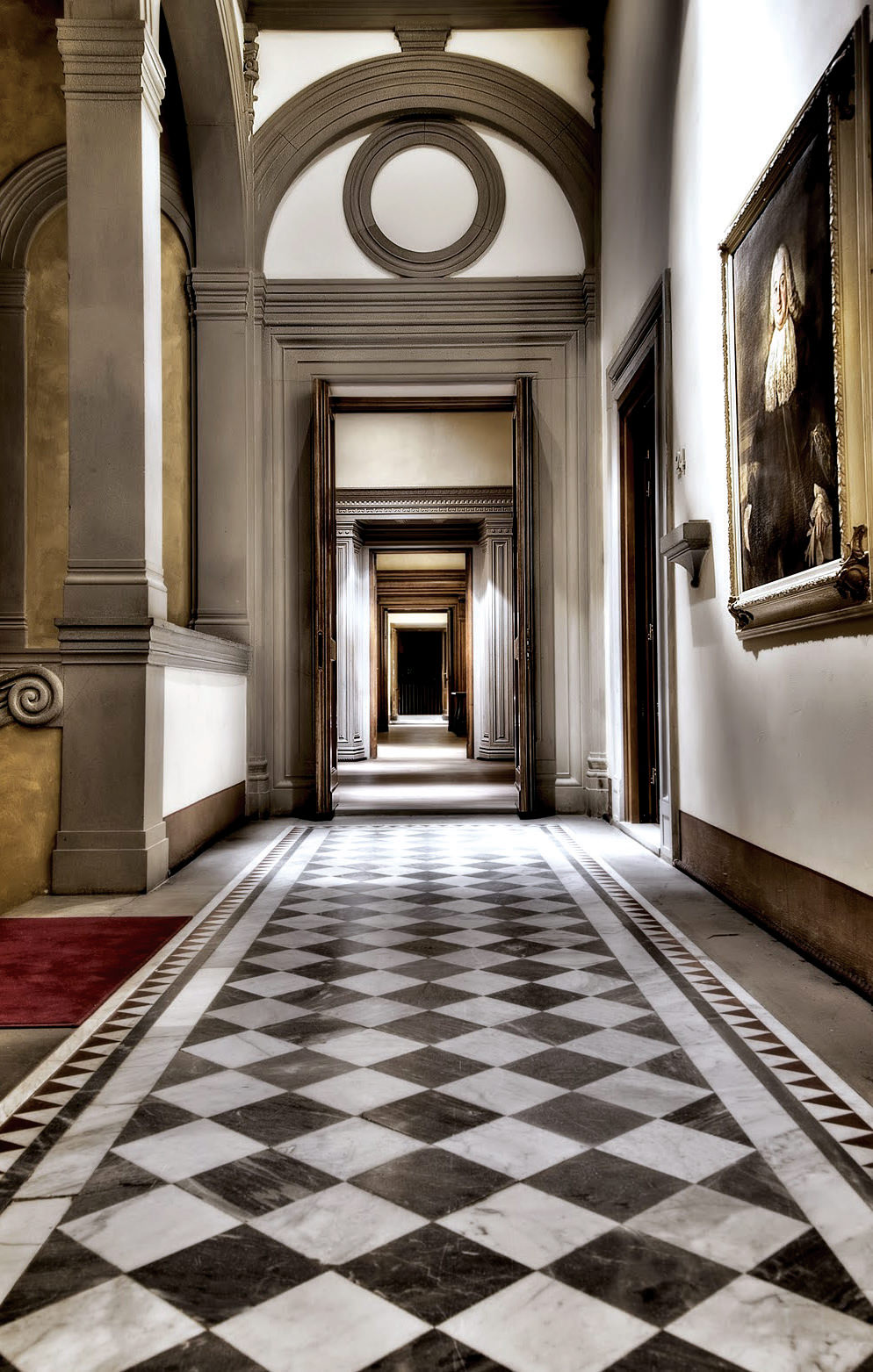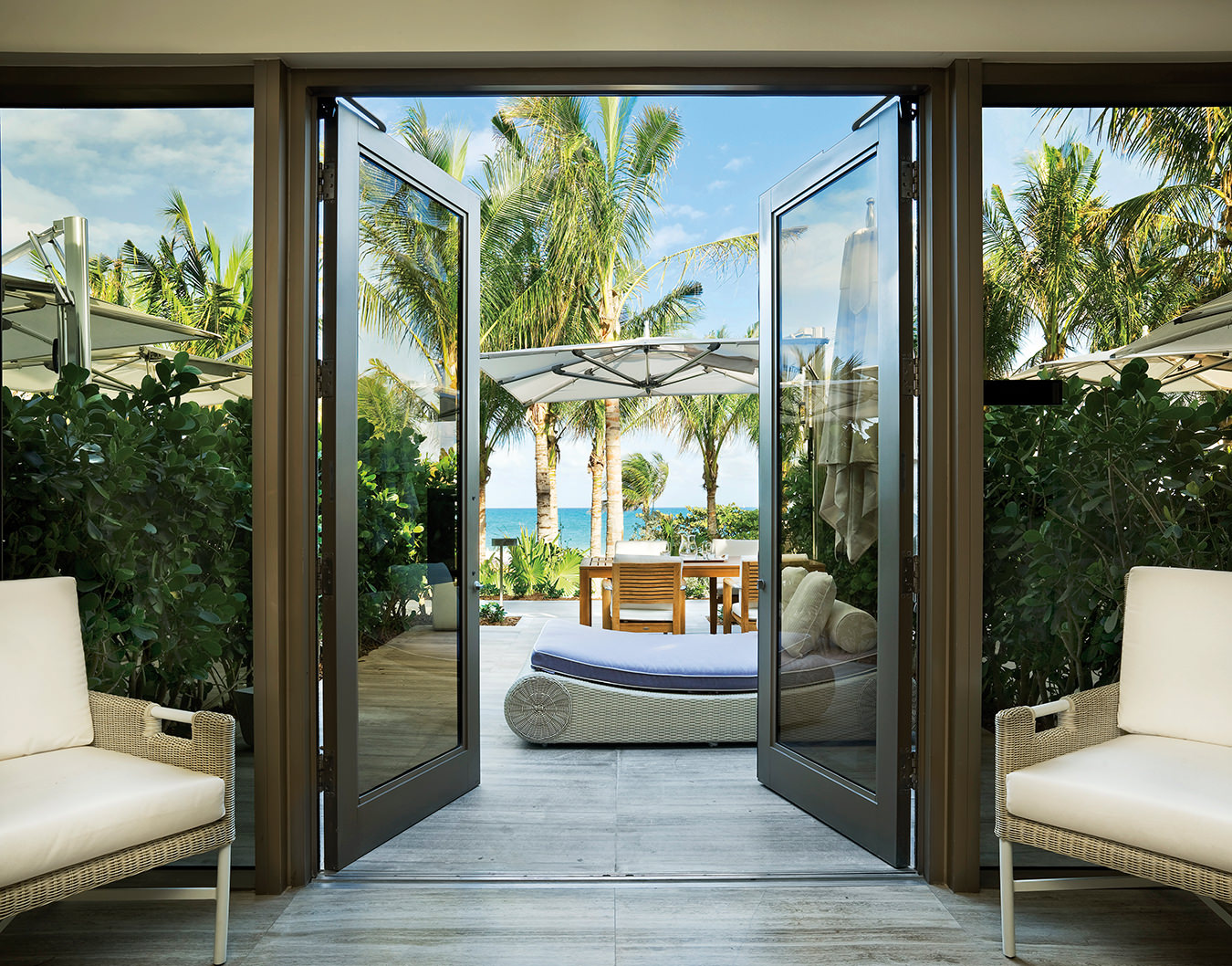-
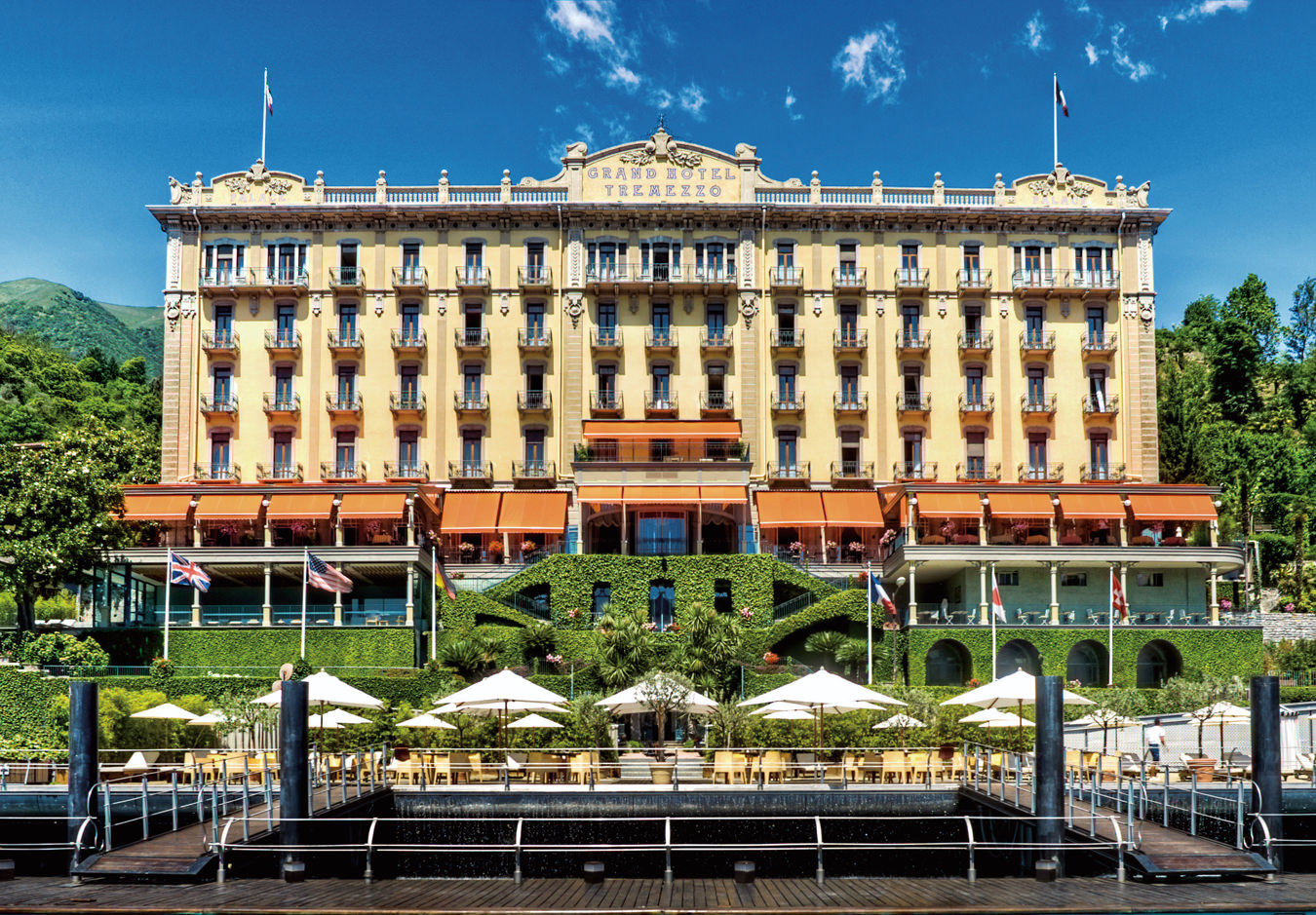
The 105-year-old Grand Hotel Tremezzo.
-
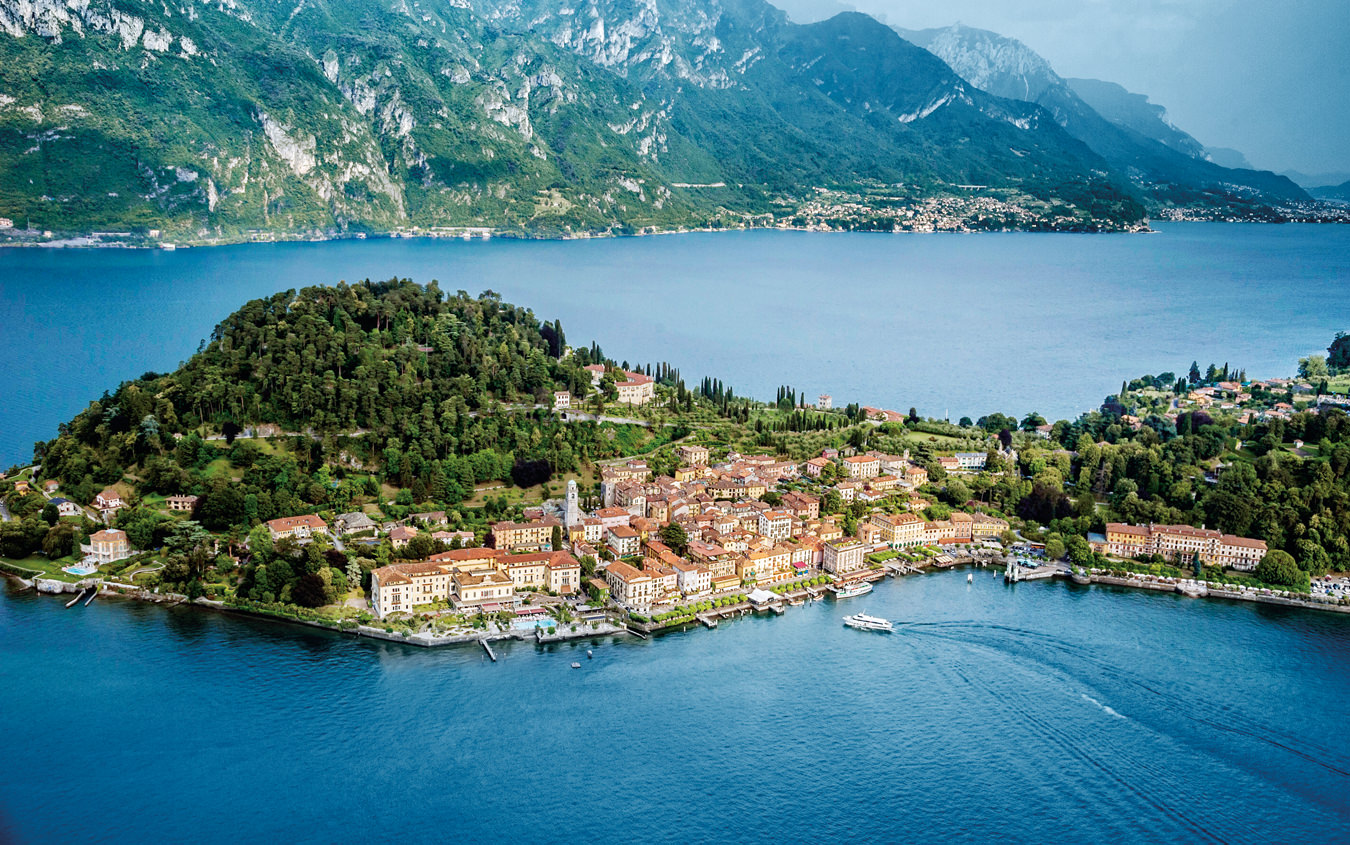
The town of Bellagio is known as “the pearl of Lake Como”.
-
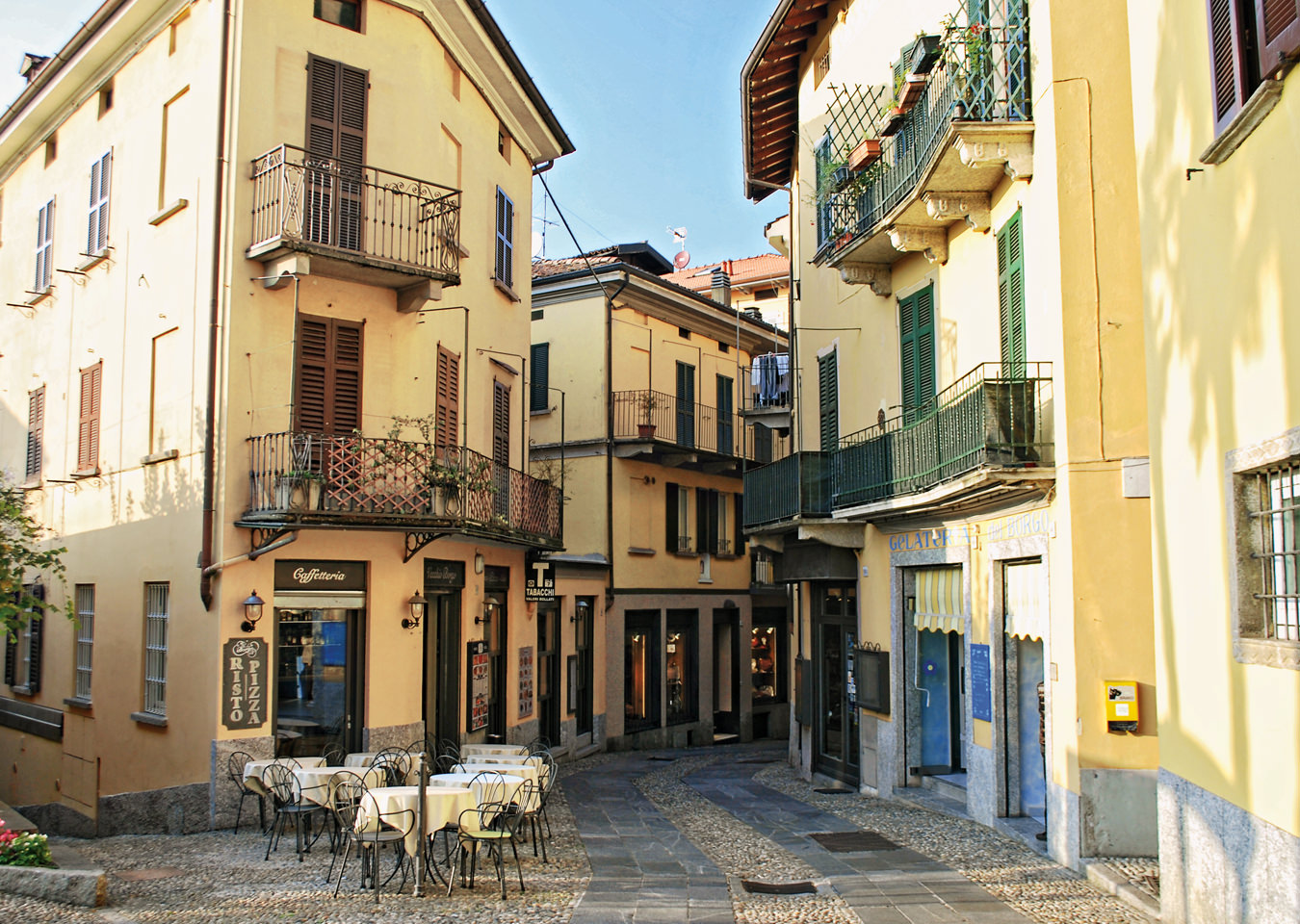
The town of Bellagio.
-
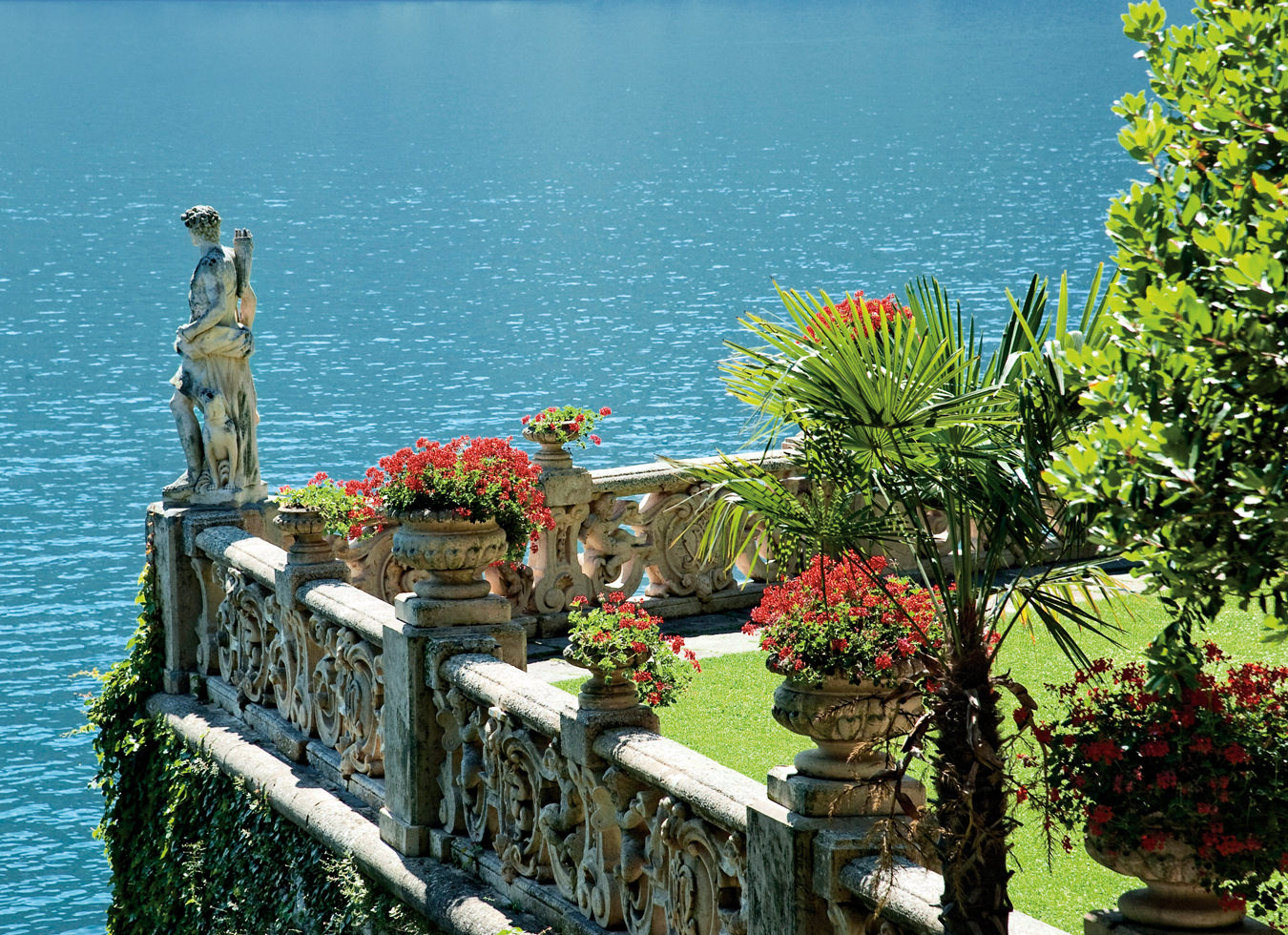
The gardens of Lake Como’s Villa del Balbianello have been used as filming locations for Casino Royale and Star Wars: Episode II – Attack of the Clones.
-
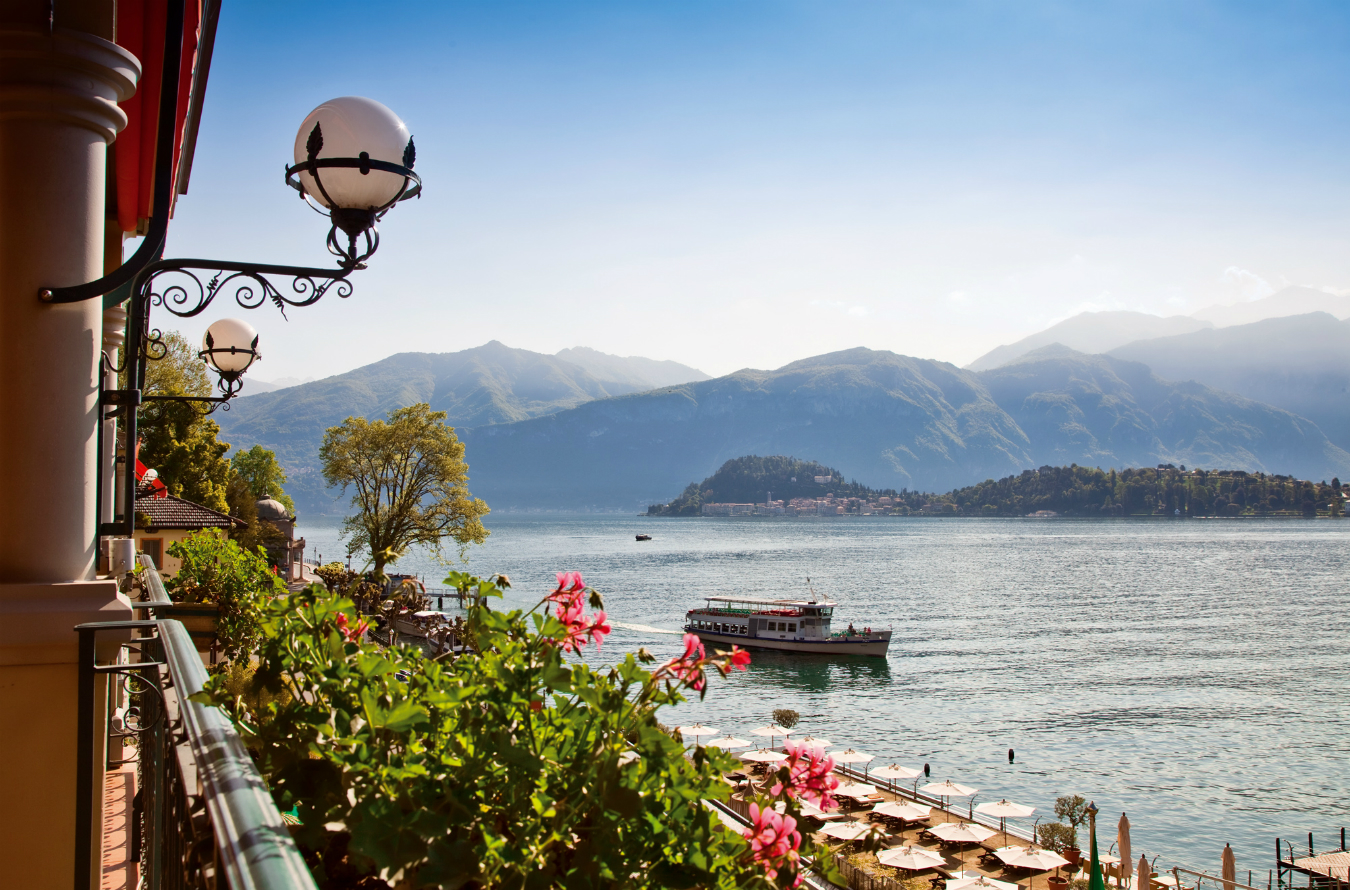
View of the lake from the Grand Hotel Tremezzo.
-
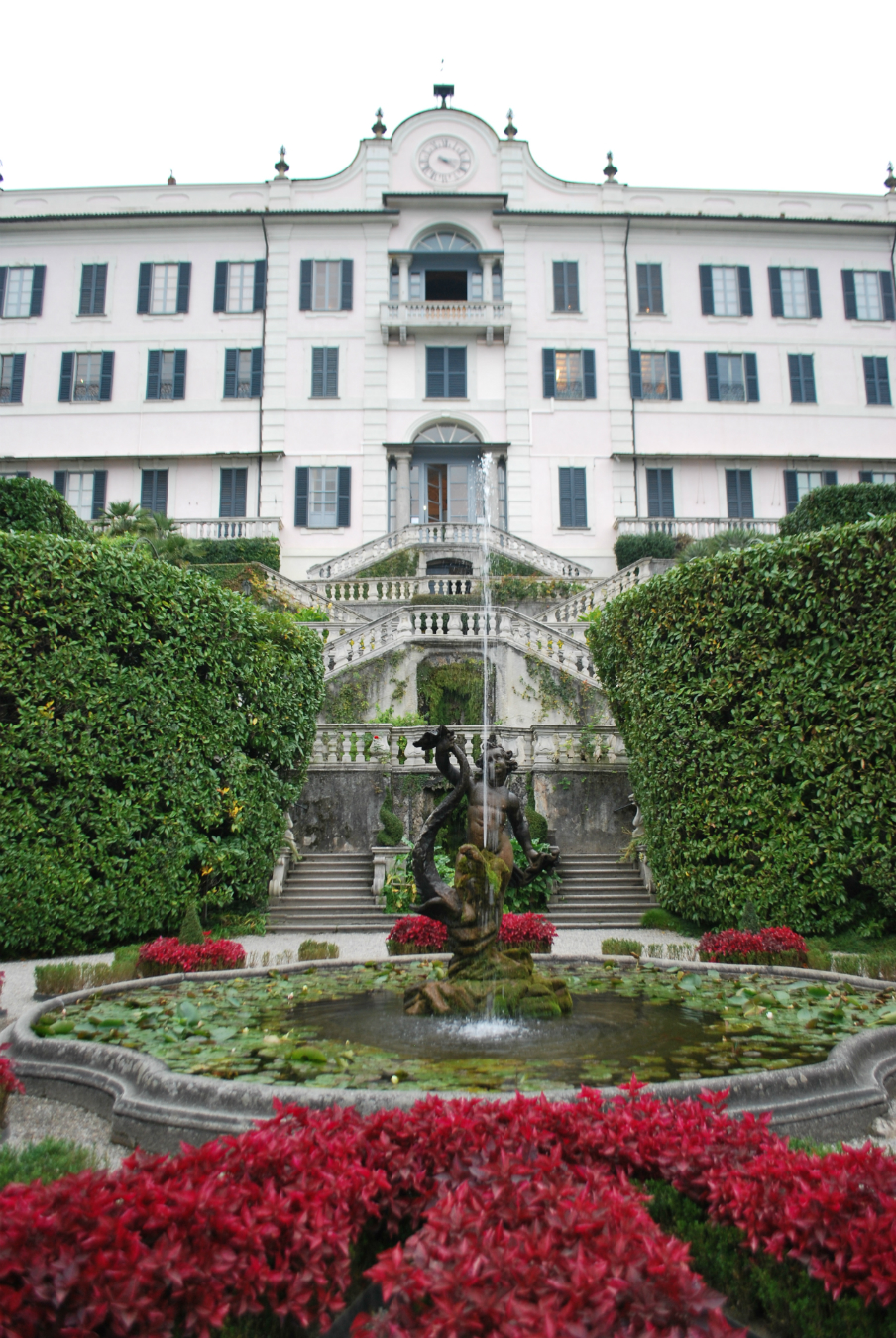
The historic Villa Carlotta built in 1690 is open to the public as a museum as are its famous gardens.
-
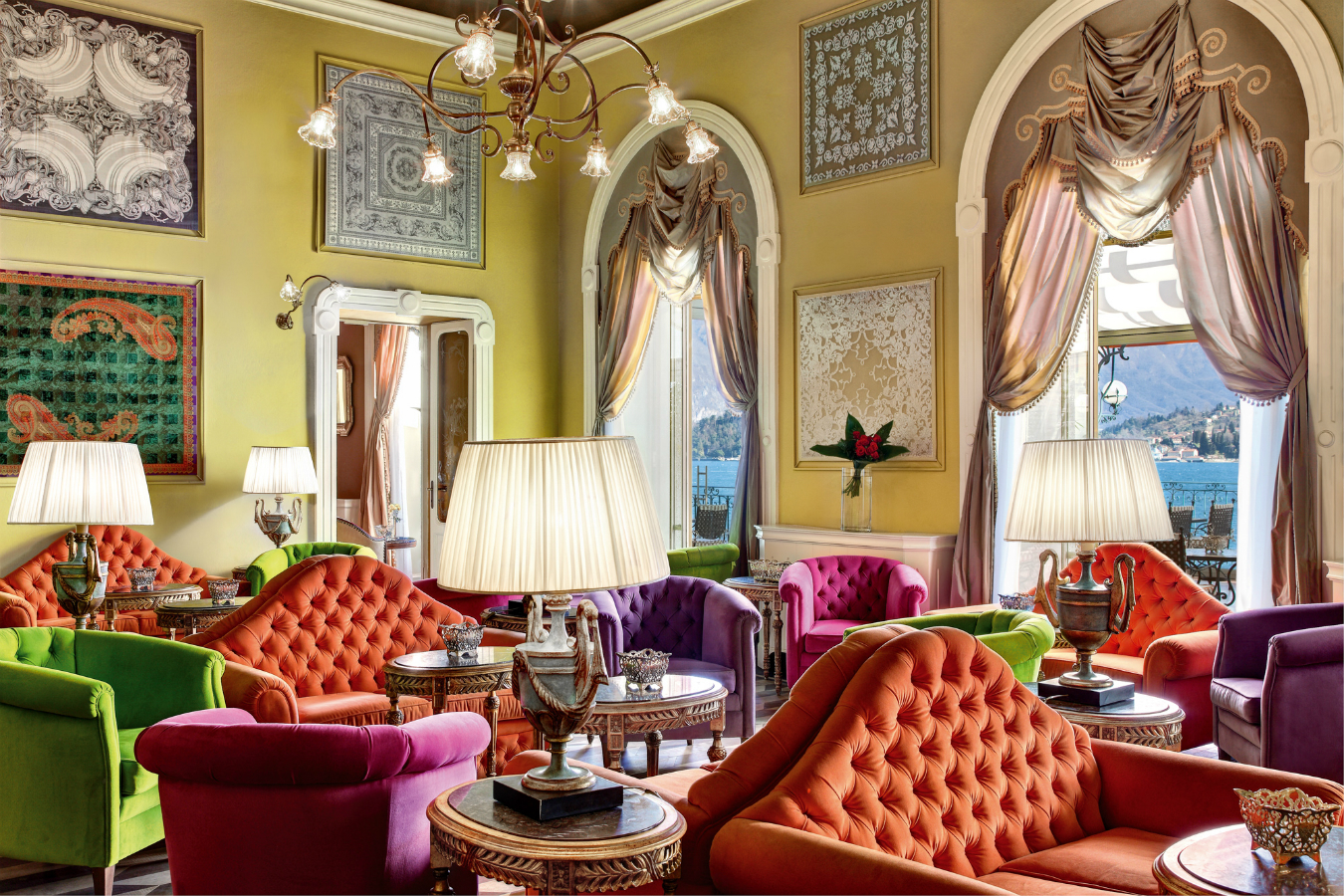
The Grand Hotel Tremezzo’s Sala Musica with framed silk scarves on the walls and bright furnishings throughout.
-
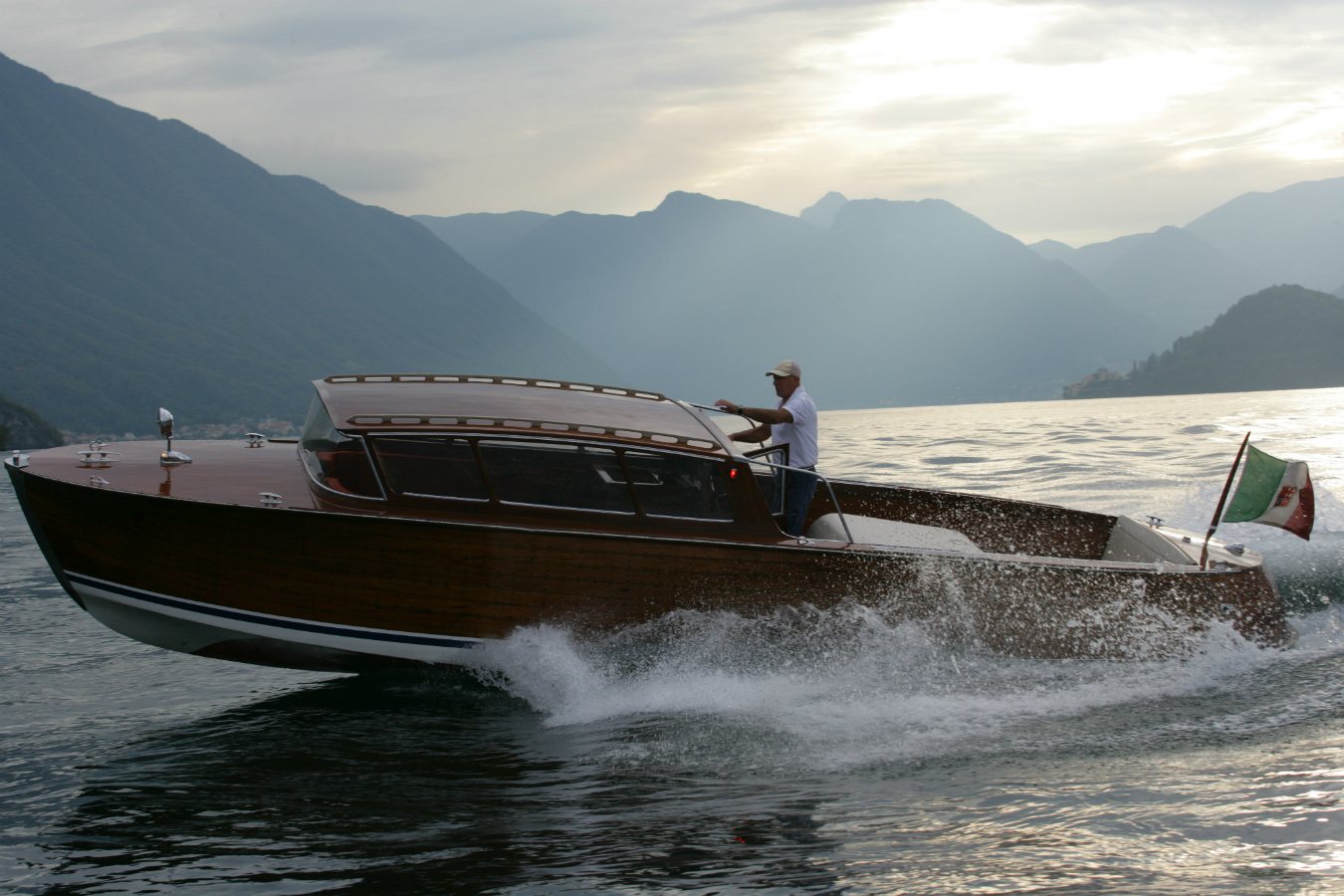
The Grand Hotel Tremezzo’s mahogany Venetian Lancia water limo Ruy.
-
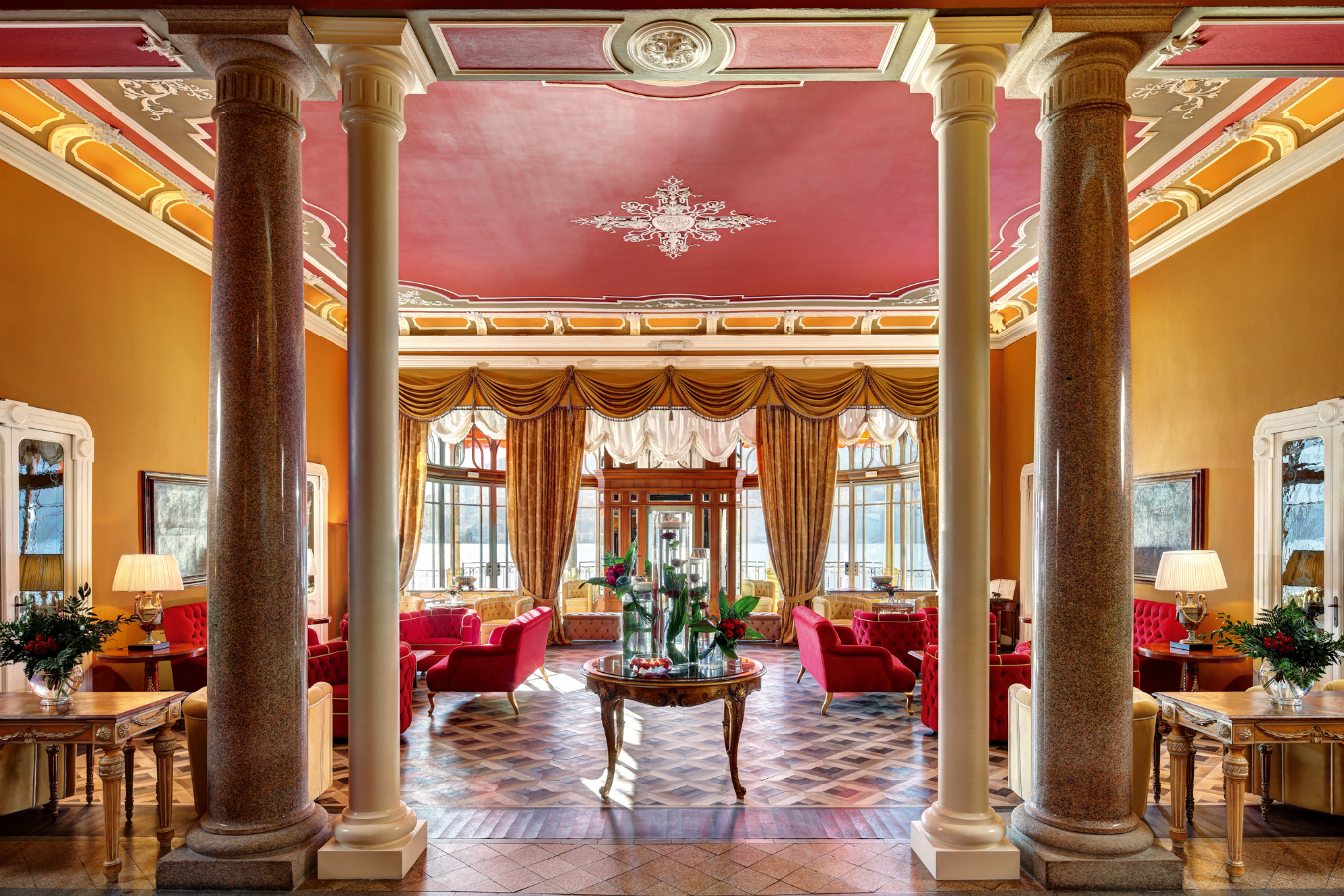
The front-facing swimming pool at the Grand Hotel Tremezzo is situated directly on top of the lake.
-
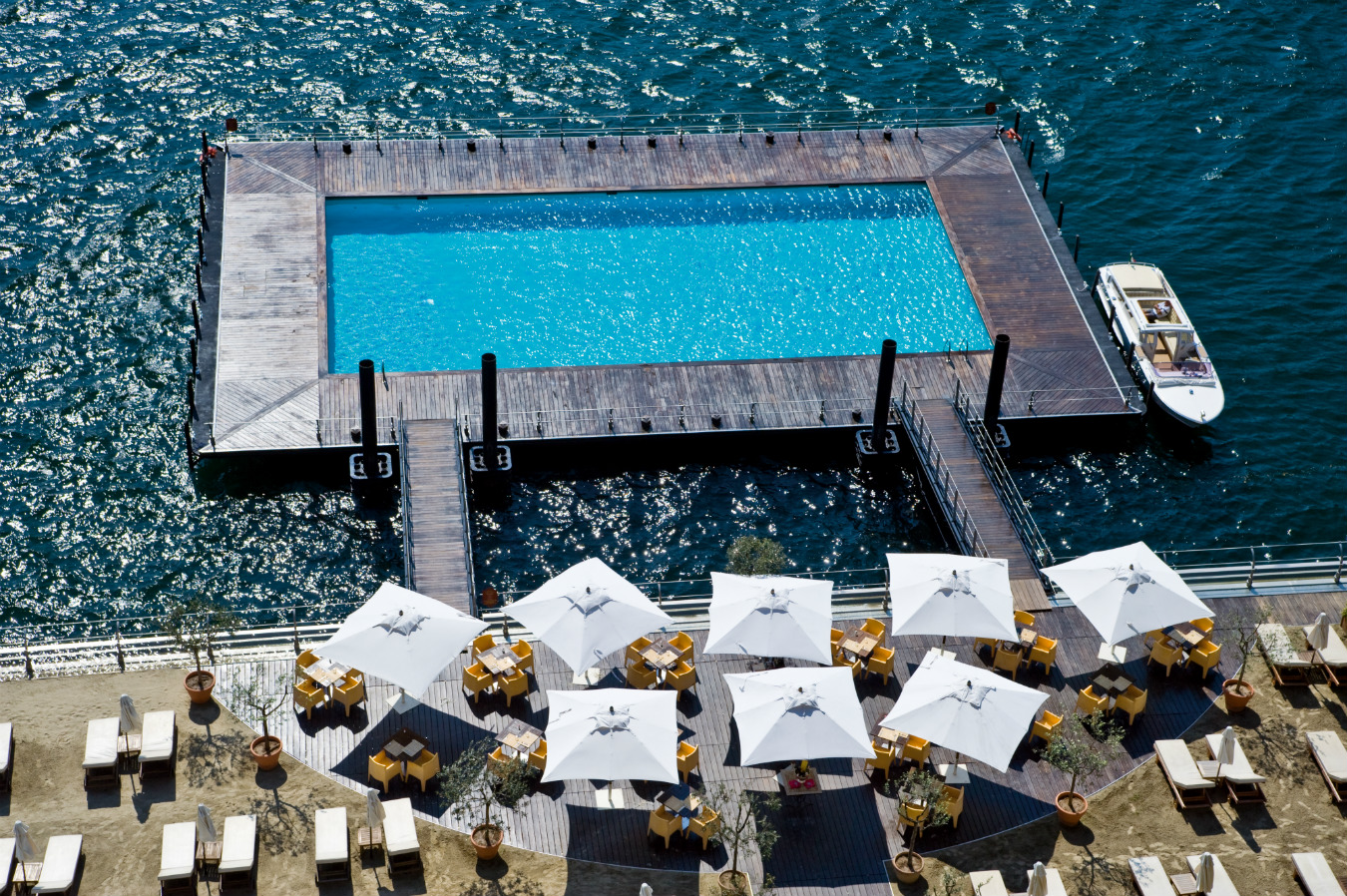
The front-facing swimming pool at the Grand Hotel Tremezzo is situated directly on top of the lake.
-
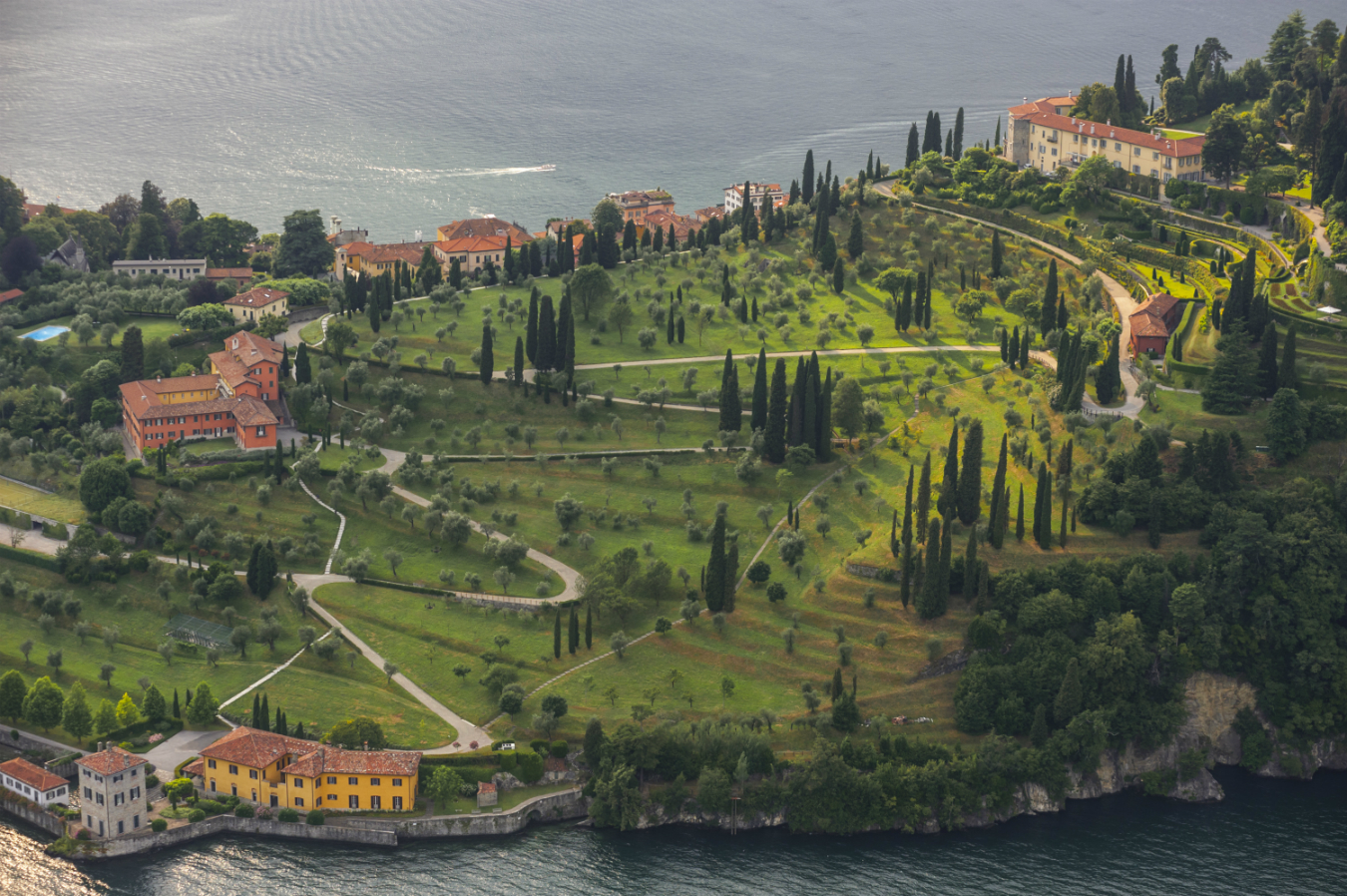
The distinct point of Bellagio cuts into Lake Como.
-
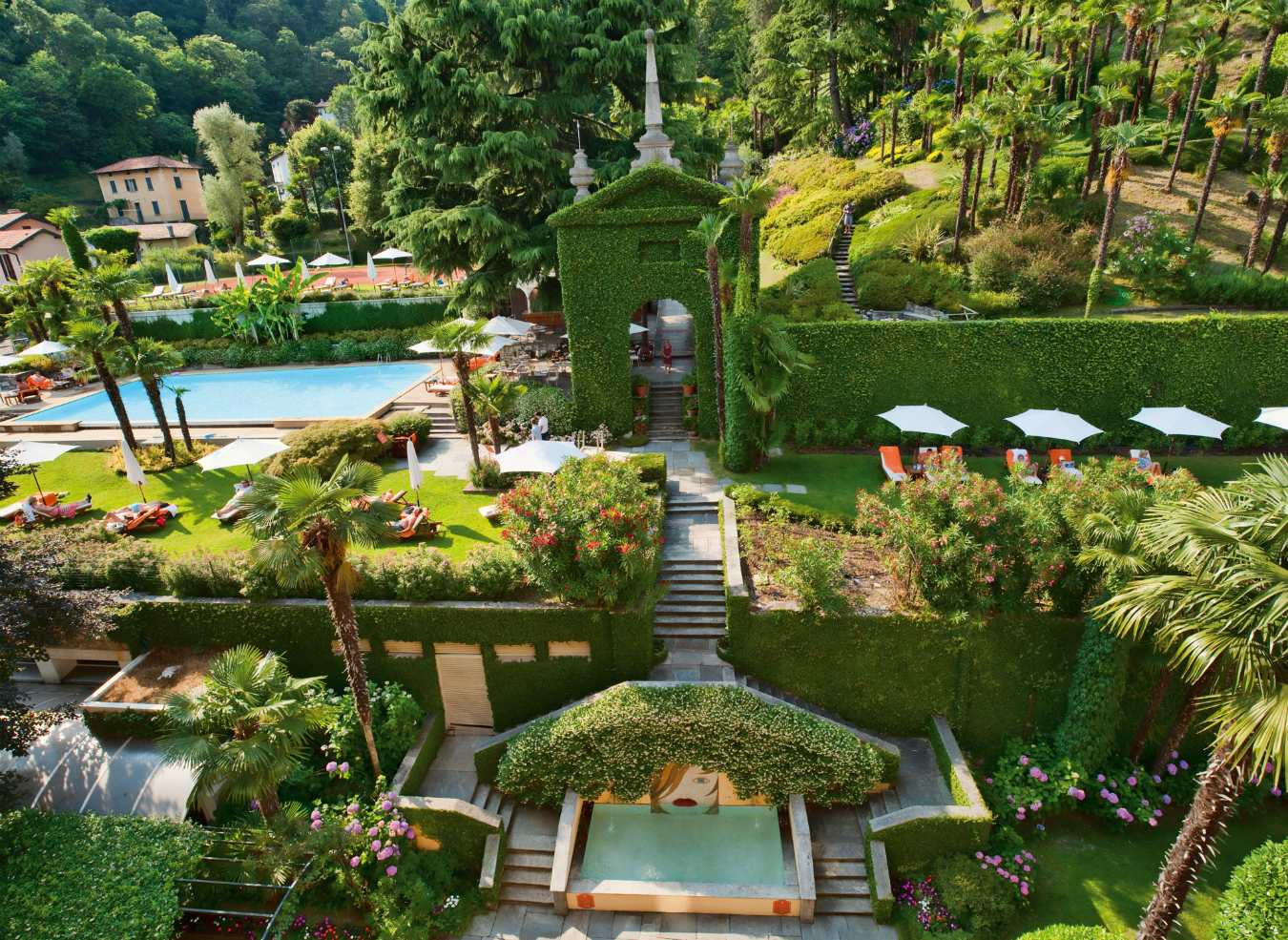
Behind the Grand Hotel Tremezzo lies a 20,000-square-metre park complete with footpaths swimming pools and tennis courts.
Como Paradiso
Lake life in northern Italy.
When dawn breaks upon Lake Como, the window seats are the first to go. Throngs of early risers filter through waterfront hotels for breakfast with a view, watching the melancholic fog burn off during the autumn or catching the first kaleidoscopic streaks of light across the water in the summer. A lake by any other name may not conjure up visions as sweet as bellissimo Como.
Less than an hour by train north of Milan and shaped like a slingshot, Lago di Como is cradled by mountains in Italy’s Lombardy region; the country’s most popular vacation lake is also its deepest, which is fitting for a beauty whose charms prove much more than superficial. Lake Como has been drawing devotees as far back as Roman times when aristocrats would journey north to its shores, which stretch 47 kilometres from its northernmost tip to the south. Today, waterfront plots are studded with fairy-tale villas that tend to open up to exquisitely manicured Renaissance-style gardens, some of which are bordered by groves of olive trees or rows of grapevines. This, here, could be heaven—though I’m far from the first to have this thought.
Three strands of water converge at the centre of the lake, and landing at this junction sits the stone town of Bellagio (Las Vegas’s attempt pales in comparison). This is joined by Tremezzo (anchored on the opposite bank), Cernobbio, Varenna, and the ancient walled city of Como itself, which together make up the region’s “large” towns, and it is from a small dock in Como that I board a vaporetto in the early hours to travel north. As the boat docks in Tremezzo near a small butcher shop, Macelleria Salumeria, the sun rises past the Swiss Alps, which jut like paper cut-outs against a watercolour sky. After a few strides along a cobblestone sidewalk, I’m stepping into an elevator that sweeps quickly up to the palatial lobby of the Grand Hotel Tremezzo.
The majestic golden building, studded with small balconies, holds architecturally true to the iconic grand-hotel style of the early 20th century (think: Wes Anderson’s Grand Budapest Hotel), and wears its 105 years lightly having been restored and well loved by its independent owner, the De Santis family, who purchased the property in the 1970s. I arrive in the midst of breakfasting luxury: a buffet-filled ballroom complete with silver chalices of syrup, a chef in starched whites presiding over a grill, and the finest truffled scrambled eggs. Effusive buongiornos follow me to a window seat in the terraced solarium, but, set high above the water, there are no bad views at the Grand Hotel Tremezzo.
Generally speaking, Italians don’t do shy as well as they do confident, and that is exemplified in the bold aesthetic of Lake Como’s Grand Hotel Tremezzo.
“The morning is the most powerful time of day for me, with the light on the lake and the promise of the day ahead,” says Valentina De Santis, CEO (a title she shares with her father, Paolo De Santis) of the Virtuoso property. Born in Como, De Santis has watched many days break here. “I even designed the hotel’s music playlists to be more powerful in the morning. Before, it would play opera followed by Enya. Now it is streamlined; now it makes more sense.”
The dining room bellows with Andrea Bocelli, and the lilting theme song to Il Postino flows through the halls. A cinematic serenade is fitting in these parts, and silver-screen creatives have flocked to the Como region as far back as cinematic history allows. In 1925 Alfred Hitchcock filmed his first dramatic feature, The Pleasure Garden, on the banks of flowery Comacina Island. Greta Garbo speaks fondly of Tremezzo in 1932’s Grand Hotel, and 70 years later, George Lucas’s Star Wars: Episode II – Attack of the Clones had Natalie Portman and Hayden Christensen picnicking in an area near the town of Griante (their characters were also married at the Villa del Balbianello nearby). “There are many places in Italy that are unique in the world,” Lucas recalled later about his choice of setting. “I was looking not only for natural beauty, but also for the beauty of the culture.”
In the spring of 2006, that same Villa del Balbianello played the role of a hospital in Martin Campbell’s Casino Royale—Daniel Craig’s James Bond can be seen recuperating under the shade of a 200-year-old tree in the garden overlooking the lake.
Much real-world history has been made here, too. Pliny the Elder was born in Como; Benito Mussolini was executed nearby. Giuseppe Verdi composed La Traviata on the lake’s shore, and Leonardo da Vinci’s Madonna of the Rocks was modelled upon its surroundings. The destination was fodder for upper-echelon dreams long before George Clooney bought his 18th-century Villa Oleandra from the Heinz family 13 years ago, a move which catapulted Lake Como onto the celeb-circuit map. At various points in time, Madonna, Donatella Versace, and Richard Branson have all owned property on the lake, and countless more vacation in tranquility, from Bill Gates to Brad Pitt. These stars have helped shape the distinguished allure of Como through the years—and caused property prices to skyrocket—without diminishing much of its raw authenticity. This can, perhaps, be best experienced on a hike through shoreline foliage or a funicular ride to hilltop Brunate for aerial views of the blue below. (From November to February, lake life goes quiet as vacationers and locals depart for bigger cities, and most hotels are shuttered.)
Celebrated architecture and artifacts, not the James Bond references, lure me aboard Ruy, the Grand Hotel Tremezzo’s mahogany Venetian Lancia “water limo”—an original 1961 Cucchini craft, known as the preferred mode of transport for Venetian aristocracy—for a five-minute zip across the lake to Villa del Balbianello. Cardinal Angelo Maria Durini built the villa in the 1700s, along with its loggia (open-sided balcony) with three distinct arches, and it remains one of the area’s great architectural landmarks. The property passed through many hands before landing in those of prominent Milanese businessman Guido Monzino. An avid explorer until his death in 1988, Monzino amassed a staggering collection of Chinese, African, and pre-Columbian artwork, maps, and literature, which still fill every wall and nook in the villa today.
In one room, four technicians are tending to a grandfather clock in an attempt to fix its pendulums. On the top floor, expedition paraphernalia from Monzino’s voyages are encased in glass, including dogsleds, gear, and souvenirs collected from expeditions as far-reaching as his North Pole trek and his summit of Mount Kenya. Upon leaving the villa, I spot the engraving of “Fay ce que voudras” (“Do what you will”) on the portico, a hedonistic bidding to enjoy life’s many freedoms.
A next-door neighbour to the Grand Hotel Tremezzo is another coveted building, the Villa Carlotta, with its celebrated four-acre botanical giardini open to explore. Built in 1690 for the Milanese marquis Anton Giorgio Clerici, the storied villa was passed to a successful businessman in 1795, during Napoleon’s time. His heirs sold it in 1843 to Princess Marianne of Nassau, who gifted it as a wedding present to her daughter, Charlotte, when she married crown-prince George II of Saxe-Meiningen: hence the name Villa Carlotta. Its Romantic-style woodland garden blooms with verdant rhododendrons and azaleas—there are said to be over 150 different kinds—along with camellia hedges, citrus-fruit pergolas, conifers, and tropical plants.
The bold aesthetics of the Grand Hotel Tremezzo also betray no fear of colour. Generally speaking, Italians don’t do shy as well as they do confident, and that’s exemplified throughout the property, starting with a saturation of crimson walls in the Sala Biliardo, paired with a sanguine billiard table. It continues to the Sala Musica, designed by De Santis’s mother, Antonella Mallone; its splendid coloured furnishings are as loud as a pop orchestra. The room is also one of De Santis’s favourite spaces: “It epitomizes what we are trying to do with the hotel. It’s glamorous and a little daring—modern but classic.” Framed silk scarves hang upon the walls, a nod to nearby Como’s weaving past. (In the 1970s, the town was a thriving mecca for silk production, with more than 100 manufacturers supplying Europe’s high-fashion houses. Only a handful of major companies remain due to competition from producers in places like China.)
Much real-world history has been made here, too. Pliny the Elder was born in Como; Benito Mussolini was executed nearby. Giuseppe Verdi composed La Traviata on the lake’s shore, and Leonardo da Vinci’s Madonna of the Rocks was modelled upon its surroundings.
Last year, the 90-room property—a long-time favourite of dignitaries and heads of state—completed a three-year renovation, showing off nipped-and-tucked rooms to complement the brand new eight-suite floor that was added in 2012, taking the existing building up to five storeys. With hallways hand-painted in yellow-and-silver fleurs de lis, all of the Grand Hotel Tremezzo’s bedrooms show off Italian flourishes such as custom furniture inspired by antiques along with wood panelling and beds wrapped in bamboo silk sheets made in Como.
The prime fifth-floor suites boast private balcony terraces with lakeview Jacuzzis, Verona marble bathrooms with languorous tubs, and a personal butler dedicated to guests. To complement these modern suites are unique historical rooms such as Suite Aurelia, exuding opulence with golden brocade curtains and rare historic furnishings, and Suite Greta (named for Garbo), the grandest of them all. Small gestures—a chocolate greeting etched with guests’ initials, the impeccable staff who remember guests’ names—make this palace feel quickly like home.
The newly renovated T Spa is set within the 18th-century Villa Emilia adjacent to the main hotel. With panoramic views of the lake, new treatment rooms, a Turkish hammam, and a gymnasium, the wellness possibilities are endless, though a candlelit dip in the indoor infinity pool at dusk could be the only rejuvenator needed after a day spent rambling through gardens. In the summertime, the lakeside pool deck plays host to cocktail parties under the stars after funnelling out of L’Escale, the hotel’s fondue restaurant and wine bar where informal tabletop cooking and a 400-strong list of wines are served in a dining room carved into the mountainside.
No matter how remote, all paths in Italy seem to lead to a dining table. The Grand Hotel Tremezzo’s main restaurant, La Terrazza, is where the master of modern Italian cuisine Gualtiero Marchesi—the first chef in Italy to earn three Michelin stars—collaborates with executive chef Osvaldo Presazzi to plate works of culinary art. Marchesi’s Milanese risotto, tinted yellow with saffron, is distinguished by a square of pure gold sheet. Crumbled amaretti garnish pumpkin soup, and an entrée of veal is paired with black truffle, foie gras, and pine nuts. Gastronomic tradition trumps experimentation at Marchesi’s table, so it feels right to cap off a wildly late dinner with some classics: crepes Suzette, prepared tableside, and zabaione freddo, ethereal clouds of whipped egg yolk and cream.
Chef Presazzi, who has been with the hotel for more than two decades, has some tricks up his sleeve as well. A slight deviation off the classic five-star scale arrives at lunch one afternoon and it’s a culinary exploration of Italy’s Valtellina area, an alpine valley bordering Switzerland known for being the birthplace of bresaola (air-dried beef). The three regional dishes, set family-style, are pizzoccheri, a buckwheat tagliatelle pasta with savoy cabbage; egg-and-flour gnocchetti finished with speck; and taroz, a medley of cooked green beans. To all of them, the holy trinity of potatoes, butter, and melted cheese is generously added.
Guests of the hotel have little reason to travel farther afield for one’s supper, save for crossing the pond for a taste of Bellagio. Climbing the labyrinthine streets, I pass through narrow arcade tunnels, walls scarred with history, and skirt the tall gates of the Rockefeller Foundation, home to a Bellagio Residency program for artists and academics. At an al fresco pizzeria set back from the crowds, the daily special is served with just the right ratio of Gorgonzola and crisp pancetta to its brown-blistered crust. At the meal’s close, as is customary in these parts, comes a digestif of chilled limoncello. This is la dolce vita in perhaps its purest form.


